HMS Zinnia in 1:350
The HMS Zinnia was a Flower Class Corvette. This class of ships was quickly developed in the early months of 1939, when it became clear to the Royal Navy, that a war against the submarines of the German Navy might be imminent.
The ”Flowers” were designed to be built cheaply, in large numbers, at small shipyards. The big shipyards were busy building bigger ships. They were given simple, rugged but not so efficient triple expansion engines as opposed to the more expensive but more efficient steam turbines used on most warships at the time. As a consequence their speed was limited to a not very impressive 16 knots, half or less of what most destroyers and cruisers at the time were capable of.
This disadvantage was accepted since the ”Flowers” were designed for defensive purposes.
Triple expansion engines could also be operated by less qualified crews, which was an important consideration.
The first orders were placed in July 1939 and all in all somewhere between 225 and 271 ships were built. The design of the ship was improved several times, based on the experiences gained in service.
The ”Flowers” were seaworthy ships, in the sense that they could withstand heavy weather for long periods of time. On the other hand, the rolled as much as 40 degrees to each side and pitched badly, taking large seas over their bows. In anything but calm weather, the crews at their action stations would be drenched and seawater would seep in through doors and hatches. As on all simply built steel ships, condensation would be dripping from the overhead decks and trickle down bulkheads and ships sides, whenever the temperature inside the ship was higher than outside.
They were designed for a crew of about 40 men, but as more weapons and other equipment was added, the wartime crew would be some 85 men, who would all have to find some place to sleep in a ship that was cramped enough form the start.
There was no means of keeping food refrigerated aboard, so the crews lived mostly on corned beef and powdered potatoes.
In short, service aboard the ”Flowers” was characterized by appalling living conditions and monotony, interspersed with short bursts of lethally dangerous action. 33 ”Flowers” were lost in action, 22 of them to submarines.
The HMS Zinnia was built at the Smiths Dock Company in South Bank-on-Tees. She was launched the 28th of November 1940 and entered service the 30th of March 1941. Less than five months later, on the 23 of August, she was sunk by U-564 off Portugal, a testimony as good as any, of the brutality of the Battle of the Atlantic.
It wasn't until 2014, that a manufacturer brought out kits of these unassuming but important ships.
The kits from Mirage Hobby are basically good and reasonably priced. Although they are simple kits, they still have some features that are often missing on larger and much more expensive kits. The hull plating is nicely engraved, even below the waterline, and the camber of the deck is also well replicated.
A wonderful and pleasant surprise is that the instructions contain a rigging plan with views from several directions. It's the first kit that I've built, that has that. Usually, finding out how to rig a ship model will be a question of interpreting hazy and contradictory photos.
As usual, I did some old school detailing, thinning down bulwarks, or replacing them with 0,3 mm PC and adding struts.
Replacing the roughly molded bilge keels with 0,5 mm Styrene strip and building my own masts from piano wire and brass tubing are other standard tricks, that help improve the looks of the model.
Lastly, I used the excellent PE set from White Ensign to further detail the model.
I painted the model with airbrush artists paints from Schincke/Aerocolor of my own mix, using my usual technique of spraying the basic colors in several semi transparent layers in different nuances over one another.
When I had finished the model, it struck me, that I had now built models in the same scale of the three major actors of the Battle of the Atlantic. I set them up for some group photos.
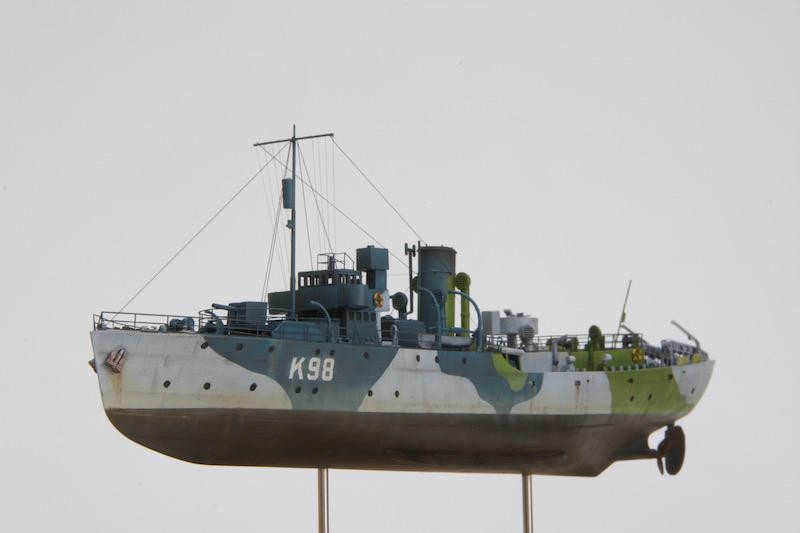
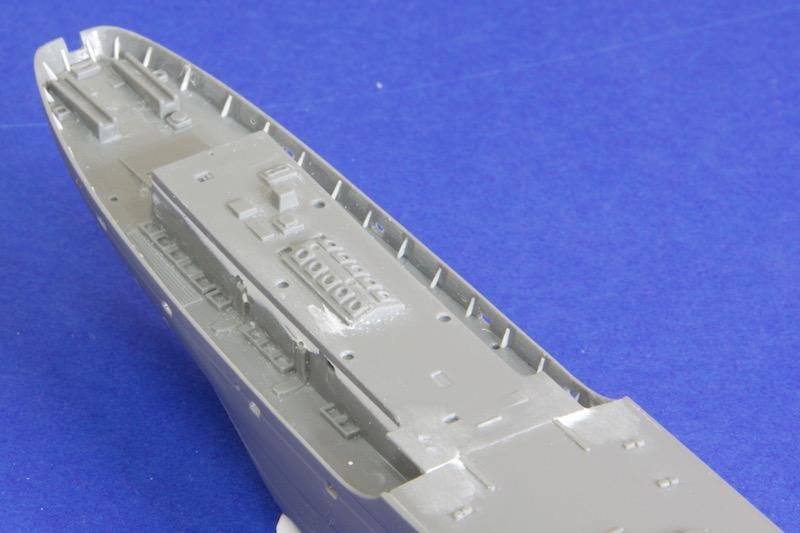
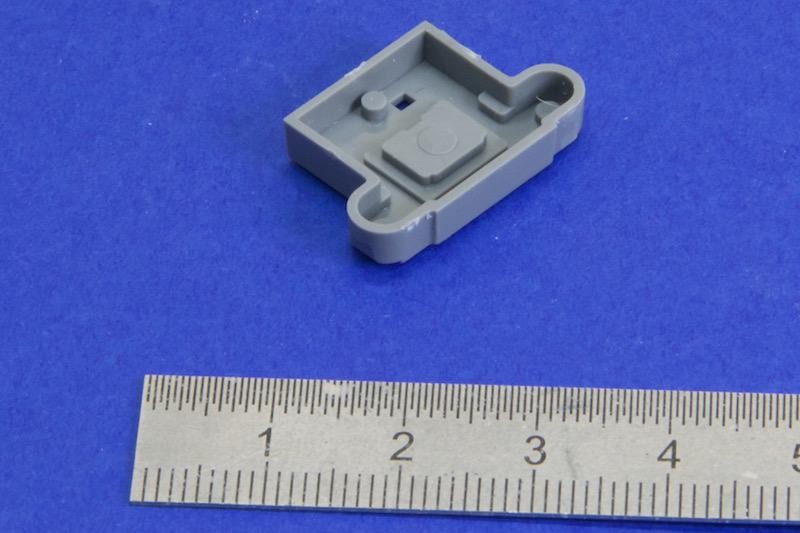
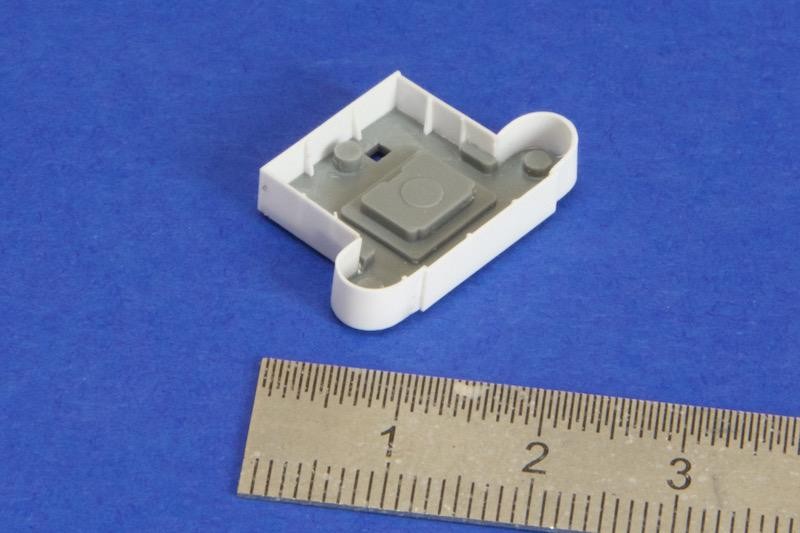
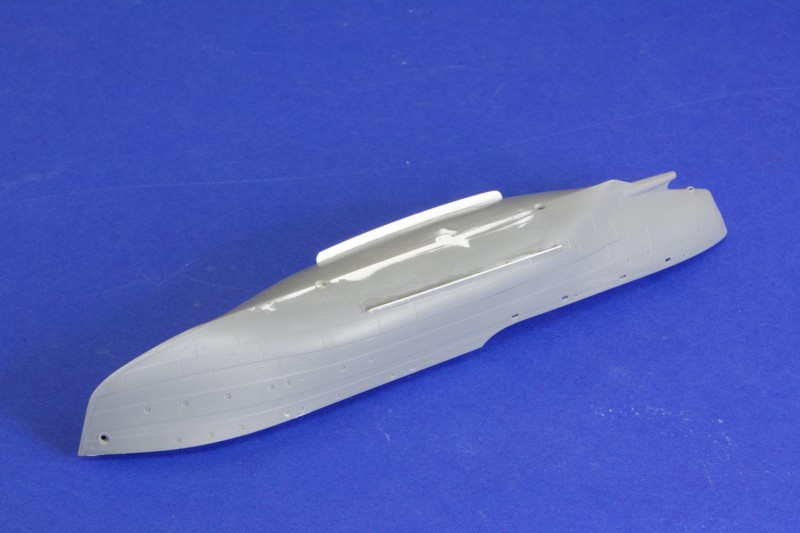
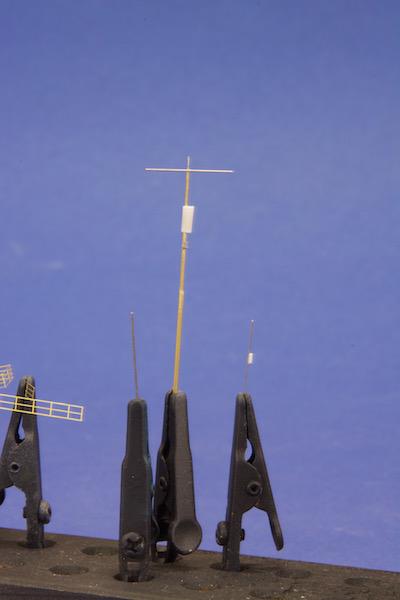
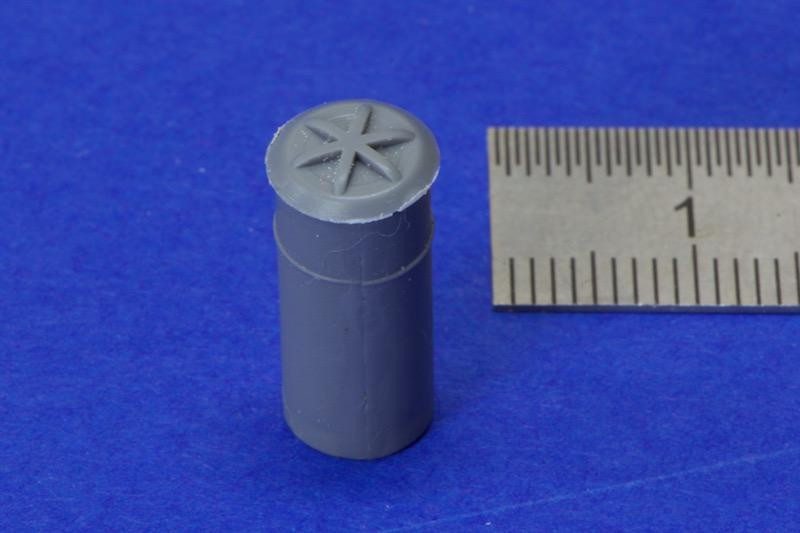

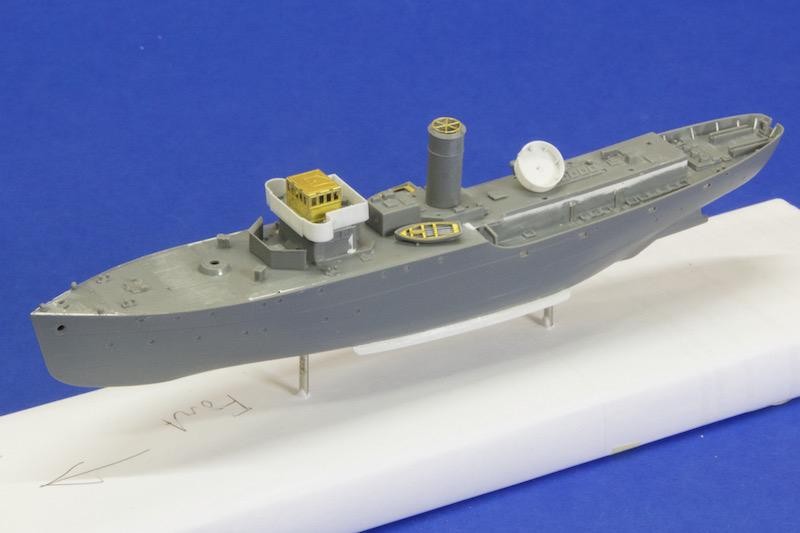
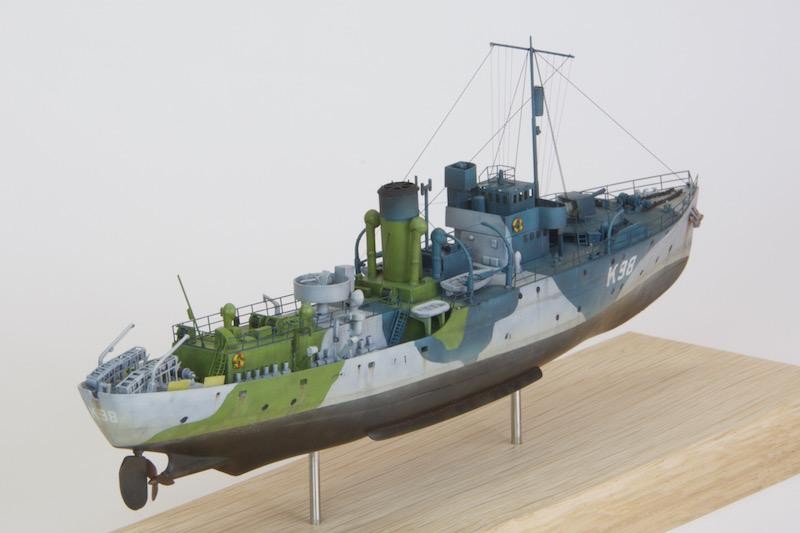

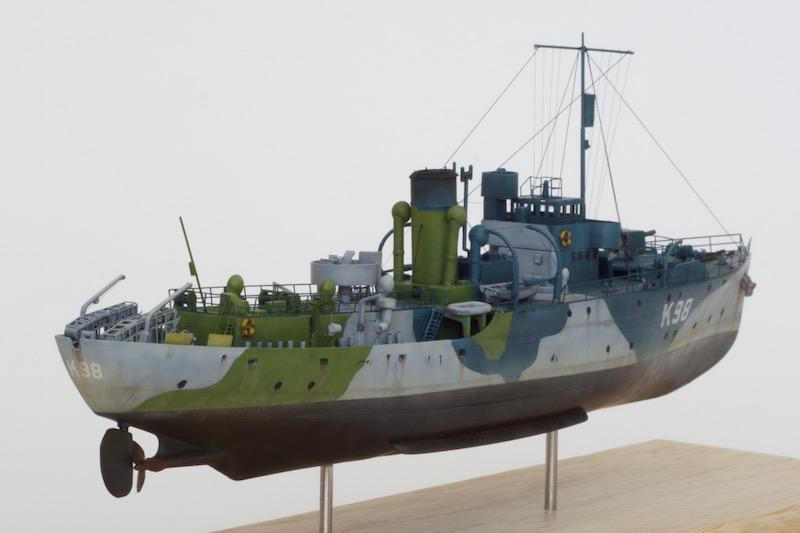
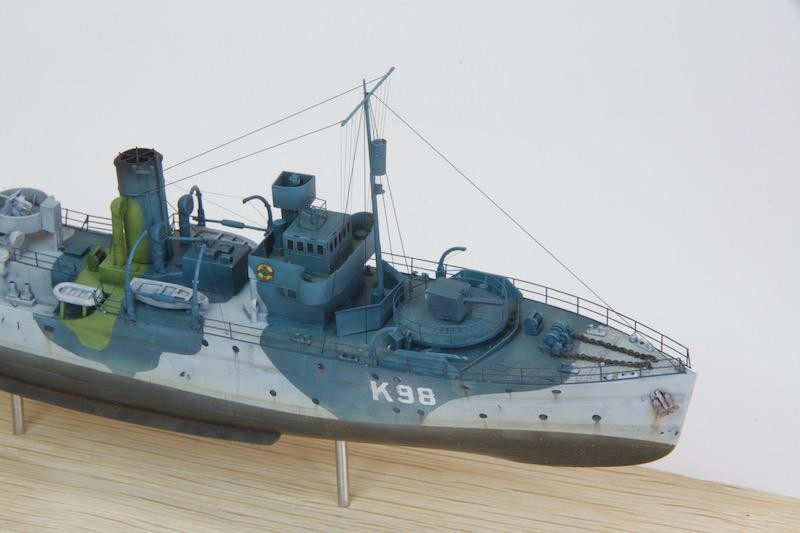
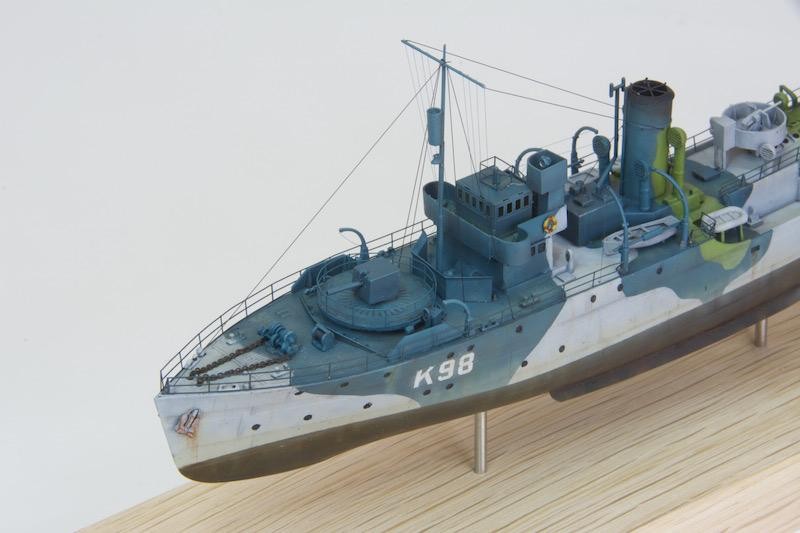
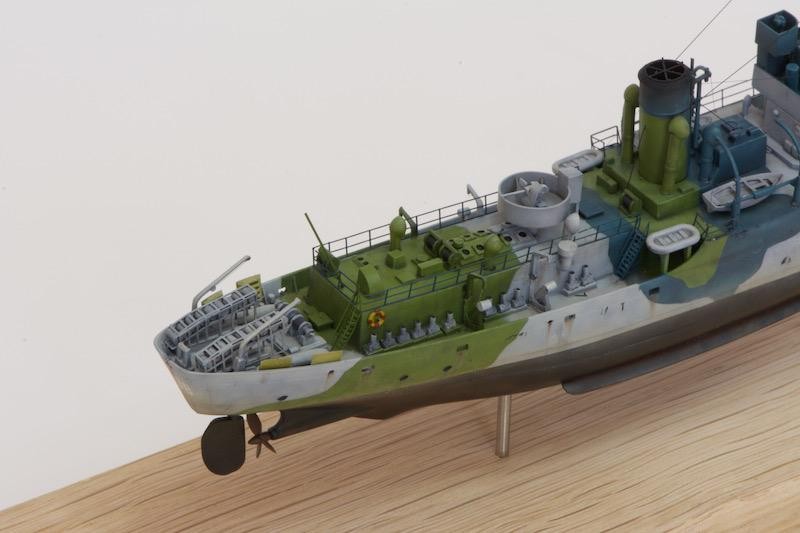
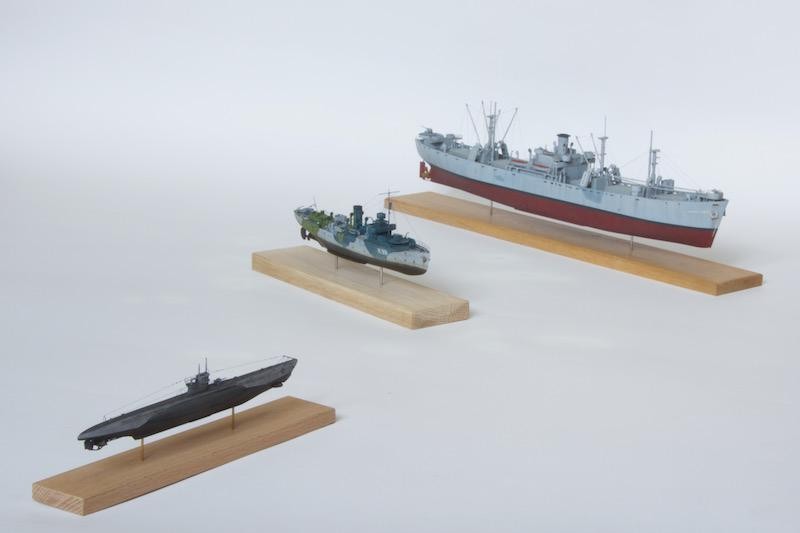
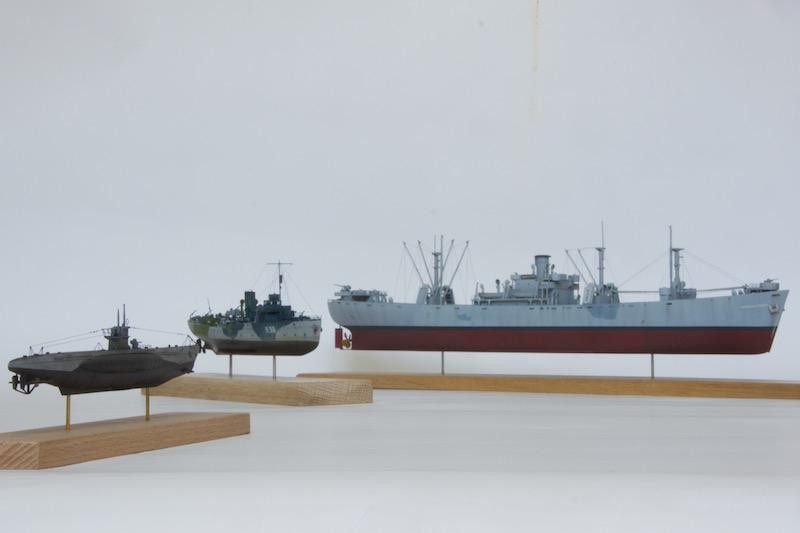
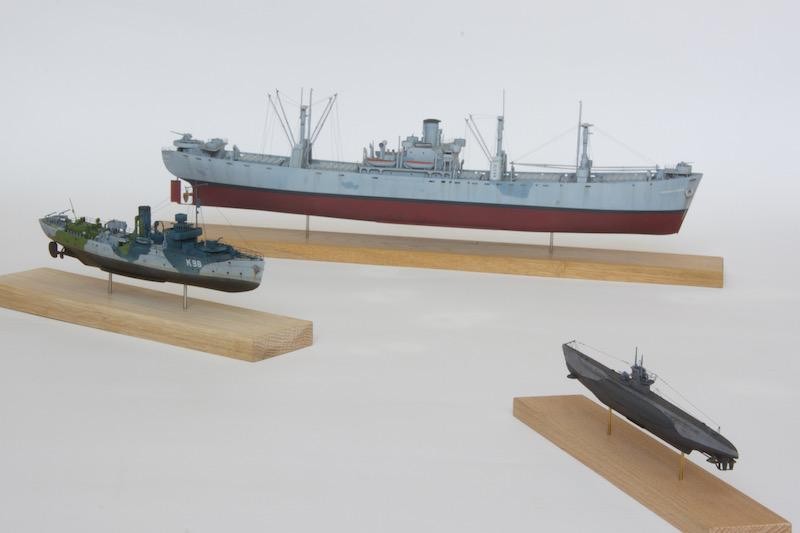
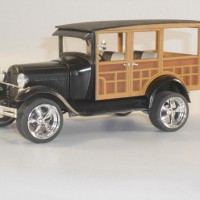
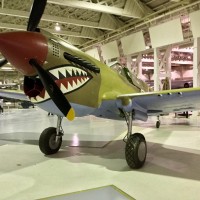
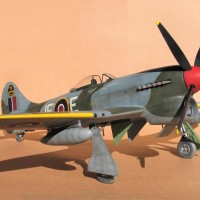
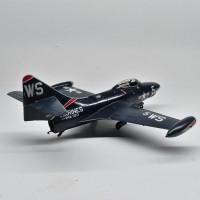
Yet another great looking example from the "master ship builder"... 🙂
Nice work. As usual.
They were originally based on a design for a "whale catcher" boat that was able to survive in the Southern Ocean, the wildest seas on the planet (since there's no continental mass to slow the waves). A good book about life aboard these boats (they weren't long enough to qualify as "ships") is Nicholas Monsarrat's novel, "The Cruel Sea," based on his experience of serving on one.
Very nice Ulf! I like the way you afterdetailed this kit! Thanks for posting this build here!
Great job, Ulf! These little ships are fascinating. Now you need an escort carrier and some German maritime bombers to go with them.
What a fabulous looking kit. U did a fantastic job on this build. Love the extra small detailing and improvements you made on this kit. Camo paint is awesome. You nailed it. It is so so strange u just posted this b/c I wanted to build something a little different always loved the Flower Corvette, so before turning on my computer today I went to Hobby Shop last night and purchased the 1/144 Revell Flower Class SNowberry. Today I was going to start a build article and when I came to this site I saw your Corvette. Is that not strange? Its not like we both purchased BF-109s, P-51s, F4Us, or another Panzer. Dont see many of these so I thought it was fascinating. It helps me with my build b/c of your great details and provided pictures.
Thank you Paul. I’m naturally very happy if I can inspire somebody. The improvements that i do to my models, thinning down or replacing bulwarks or bilge keels and building masts, aren’t really complicated, but they work. They actually do more to improve the overall realism of the model than aftermarket parts. Don’t fall into the trap of believing that a model gets better the more aftermarket parts you add.
Very good job Ulf, really fantastic model, sincere congratulations.
A great looking model, and thanks for the backstory. Not being a "ship guy" I'm not as familiar with the stories behind most marine subjects. I now have more appreciation for all the military history I read related to war at sea. Love the extra care and details you put into it as well.
That's a stunner Ulf, expertly done!
Do you fix the metal poles first underneath and then paint it whilst it's elevated?
Thank you Richard.
I attach the metal posts to the base plate first and then I put the hull on the posts. The hull then stands on the posts for the rest of the build. That way, I usually handle the model by holding it by the base plate. It is not rigidly attached to the posts though. I can slide it up, to more easily be able to paint the underwater hull.
I cover the base plate with masking paper early on during the build and remove it only after the model is finished. Actually, the ceremonial removal of the masking paper on the base plate, is my way of officially declaring the model finished.